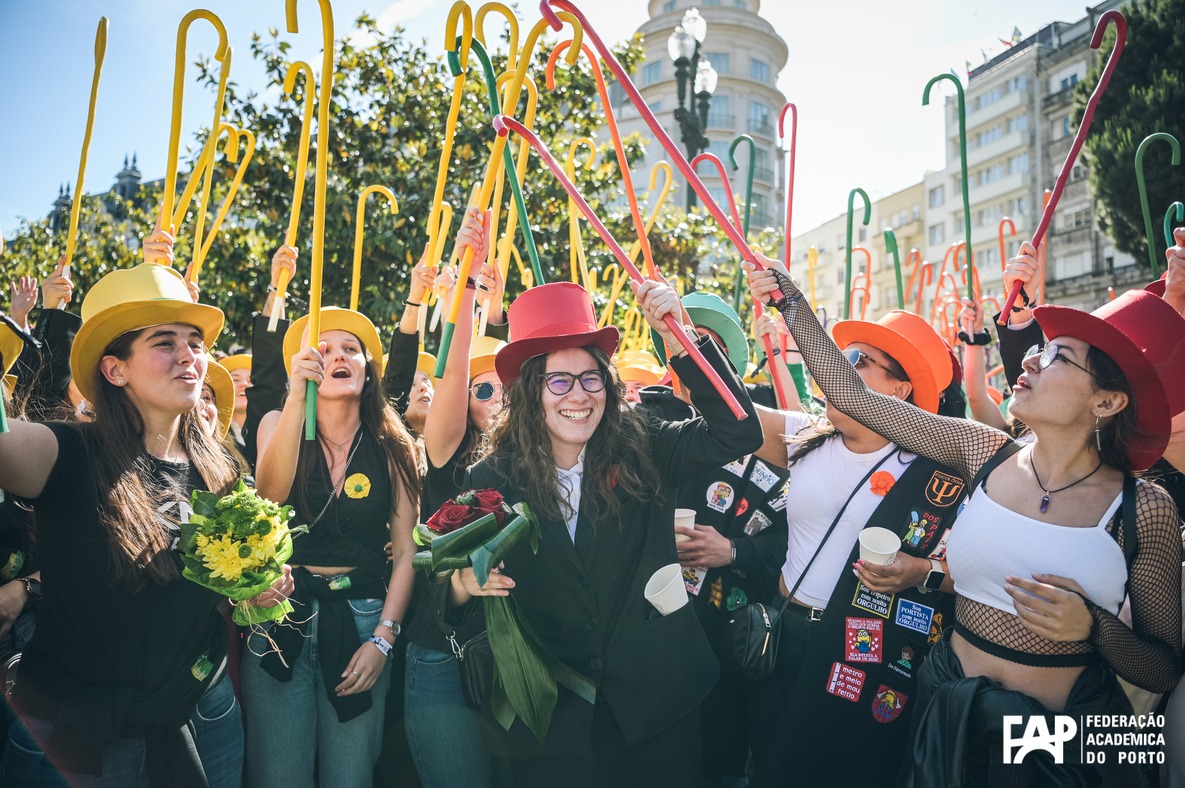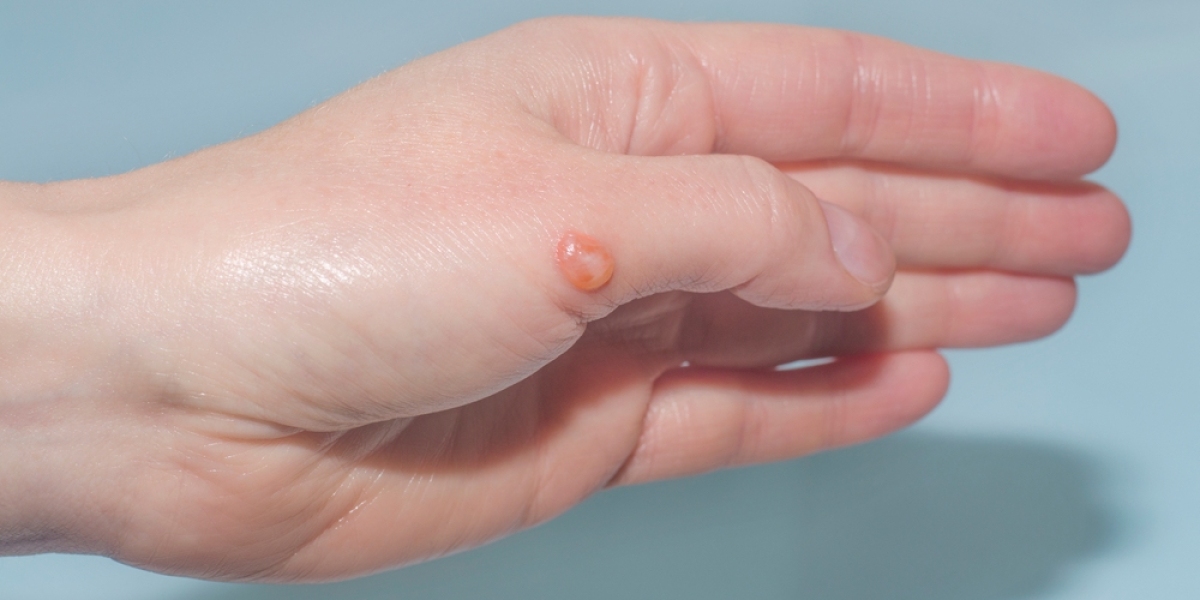Welcome to Marrakesh, the vibrant heart of Morocco, famously known as the Red City for its blushhued walls and buildings. A city that effortlessly blends ancient traditions with modern wonders, Marrakesh is a sensory explosion—bustling souks, fragrant spices, ornate palaces, and the echo of history in every alley. Whether you’re a firsttimer or a seasoned traveler, these 10 magical spots are unmissable highlights that will make your trip unforgettable.
1. Jemaa elFnaa – The Beating Heart of Marrakesh
No visit to Marrakesh is complete without experiencing Jemaa elFnaa, the city’s main square and cultural hub. From morning till night, this UNESCO World Heritage Site transforms constantly. By day, find orange juice vendors, henna artists, and snake charmers. By night, the square lights up with food stalls, musicians, and storytellers, creating a carnivallike atmosphere. Don’t forget to head to one of the rooftop cafes surrounding the square for a mint tea and a panoramic view.
2. Bahia Palace – A Glimpse Into Royal Grandeur
The Bahia Palace is a masterpiece of Moroccan architecture. Built in the 19th century for a former grand vizier, the palace features stunning mosaic courtyards, intricately painted ceilings, and peaceful gardens. “Bahia” means brilliance—and the palace lives up to the name. It’s a peaceful escape from the city’s hustle, and a perfect place for photographers and architecture lovers alike.
3. Majorelle Garden – An Oasis of Art and Color
Created by French painter Jacques Majorelle and later owned by Yves Saint Laurent, the Majorelle Garden is a lush botanical paradise. Exotic plants, cobalt blue structures, and vibrant yellow accents create a magical atmosphere that feels worlds away from the dusty medina. Don’t miss the Berber Museum within the garden, which showcases the rich culture and history of Morocco’s indigenous people.
4. Koutoubia Mosque – A Landmark of Islamic Architecture
Visible from much of the city, the Koutoubia Mosque is Marrakesh’s largest and most iconic religious building. Its 77meter minaret is a symbol of the city and a beautiful example of Almohad architecture. While nonMuslims can’t enter the mosque, the surrounding gardens and the view of the minaret at sunset are absolutely worth a visit.
5. Saadian Tombs – A Hidden Historical Treasure
Discovered in 1917 after being hidden behind walls for centuries, the Saadian Tombs are one of Marrakesh’s most intriguing attractions. These lavish tombs house the remains of members of the Saadian dynasty, dating back to the 16th century. The chamber of Sultan Ahmed alMansour, with its Italian marble and delicate carvings, is particularly stunning.
6. El Badi Palace – A Ruin with a Royal Past
Though now in ruins, El Badi Palace was once one of the most magnificent palaces in the world. Built by Sultan Ahmad alMansur in the late 1500s, it was known as “The Incomparable Palace.” Wander through its sunken gardens, explore the underground tunnels, and climb the walls for sweeping views of Marrakesh. It’s a place where your imagination can truly run wild.
7. Ben Youssef Madrasa – A School of Stunning Symmetry
Once the largest Islamic school in North Africa, the Ben Youssef Madrasa is a marvel of Moroccan artistry. Its courtyards are adorned with zellij tilework, cedar wood carvings, and stucco inscriptions. Though no longer in use as a school, it remains a peaceful and inspiring place that showcases the golden age of Islamic learning and design.
8. Le Jardin Secret – Marrakesh’s BestKept Garden
Tucked away in the medina, Le Jardin Secret offers a tranquil escape from the chaos outside. This 19thcentury palace and its gardens were meticulously restored and opened to the public in 2016. Featuring Islamic and exotic gardens, a traditional irrigation system, and panoramic terraces, it’s a serene spot to rest and recharge.
9. Marrakesh Museum – Culture Housed in a Palace
Located in the Dar Menebhi Palace, the Marrakesh Museum blends art, culture, and history under one beautiful roof. The building itself is a work of art, with a stunning central courtyard, colorful mosaics, and exquisite chandeliers. Inside, you’ll find a fascinating mix of contemporary art, traditional crafts, and historical artifacts that paint a vibrant picture of Moroccan heritage.
10. The Souks – A Labyrinth of Color and Commerce
The souks of Marrakesh are a world of their own. Located just off Jemaa elFnaa, this sprawling network of markets offers everything from spices and leather goods to lanterns, rugs, and jewelry. Each section of the souk specializes in different crafts, and bargaining is part of the fun. It’s chaotic, colorful, and utterly captivating—one of the most immersive ways to experience the city’s soul.
Conclusion: Fall Under the Spell of the Red City
Marrakesh is more than just a destination—it’s a vibrant experience that awakens every sense. From architectural wonders and historic tombs to lively squares and secret gardens, these 10 magical spots highlight the rich tapestry of life in the Red City. Whether you’re seeking culture, cuisine, or simply the joy of wandering through time, Marrakesh delivers magic at every corner. So pack your bags and let the city’s warm reds and golden lights guide you through an unforgettable adventure.
FAQs
1. What is the best time to visit Marrakesh?
The best time to visit Marrakesh is during the spring (March to May) or fall (September to November), when the weather is warm but not too hot.
2. Is Marrakesh safe for tourists?
Yes, Marrakesh is generally safe for tourists, but like in any city, be mindful of your belongings, avoid scams, and respect local customs.
3. How many days should I spend in Marrakesh?
A 3 to 5day trip allows enough time to explore the top sights, enjoy the souks, and take a day trip to the Atlas Mountains or the Agafay Desert.
4. What should I wear when visiting Marrakesh?
Modest clothing is recommended, especially when visiting religious sites. Lightweight, breathable fabrics are ideal for the warm climate.
5. Are English speakers common in Marrakesh?
While Arabic and French are the main languages, many people in the tourism industry speak English, especially in hotels, restaurants, and shops.









